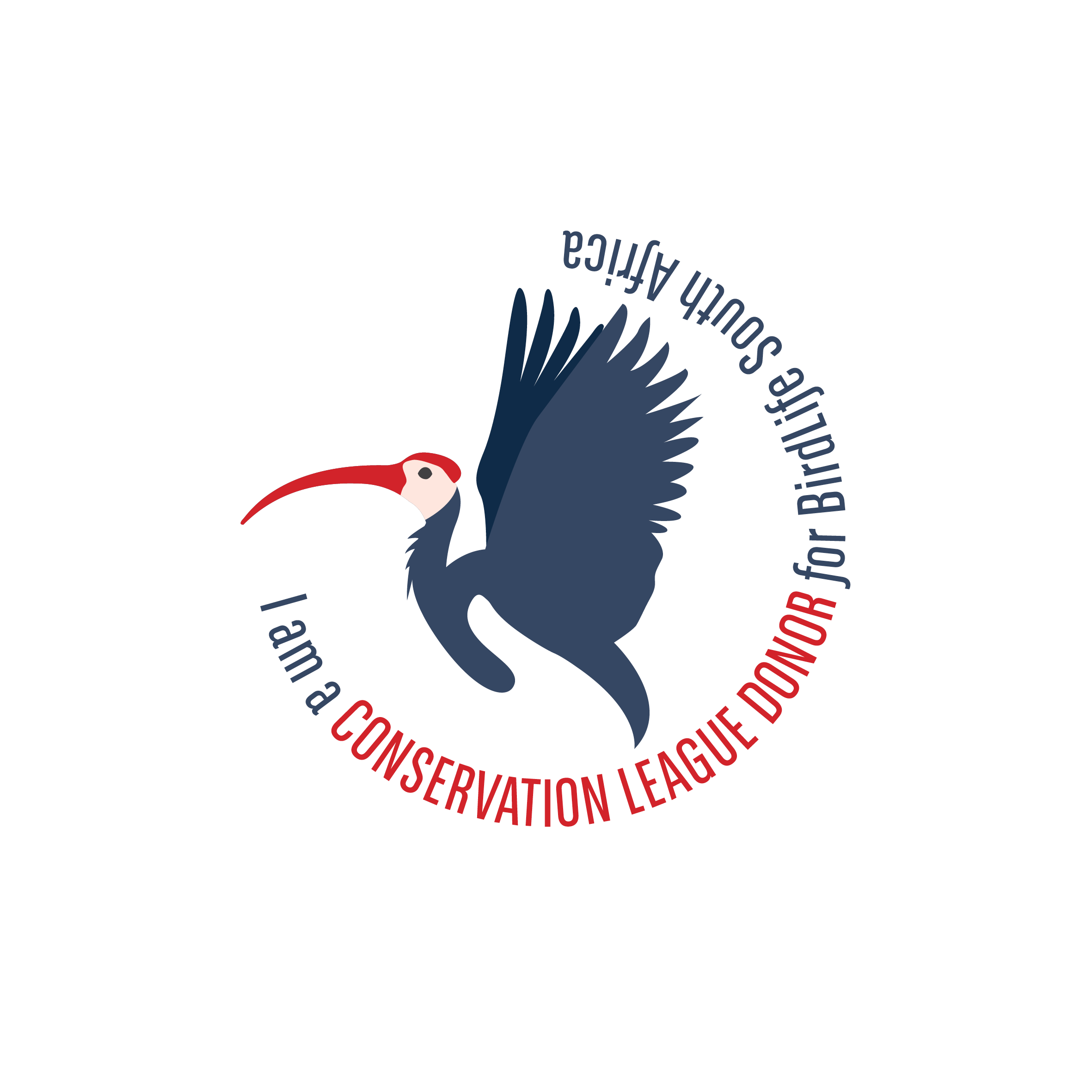ABOUT
David Dooley
Wildlife photographer - Birds and Mamals
ABOUT
Bio - David Dooley
David captures powerful photographs of birds and wildlife, evoking deep emotional connections and introspection from viewers. By incorporating the African environment in which his subject live, he adds an authentic and captivating element to his work, leaving a lasting impression.
David's works have appeared in numerous Feature Articles of the African Birdlife magazine, read by over one million people. He has also been showcased in the Birdlife SA 2025 calendar.
In 2022, David won First Prize in an international photography competition for his stunning photo of a Goliath Heron. He exhibited five stunning works at the opening exhibition of Gallery Afrique, 'Think Outside' in 2025
Although starting late in life, David quickly became a formidable and well respected bird photographer. Inspired by his experienced photographer twin, David bought a professional birding camera in 2021. Guided and mentored by his brother, David delved into intense photography theory sessions and quickly evolved into a skilled bird photographer, showcasing his passion, dedication, and blossoming talent.
David's compositions ignore standard rules, resulting in intuitive art that evokes contemplation through thought provoking photography, rather than straightforward documentary images
David can often be seen lying low down on the water’s edge or near to a bird feeding site for hours, waiting for the perfect opportunity to capture his subject. He always uses natural light and soft background in an endeavour to make eye contact with his subject. This invokes meaningful connection, a method learned from world renowned photographer, Scott Keys who greatly influenced David’s work.
He preserves integrity by not manipulating images, opting to delete photos obstructed by unwanted objects rather than removing them.
Recently, he has applied his signature patience and photography techniques to shoot mammals, resulting in capturing awe-inspiring photographs.
David is passionate about conservation and protecting the environment. He is a Conservation League Donor for Birdlife in South Africa.

